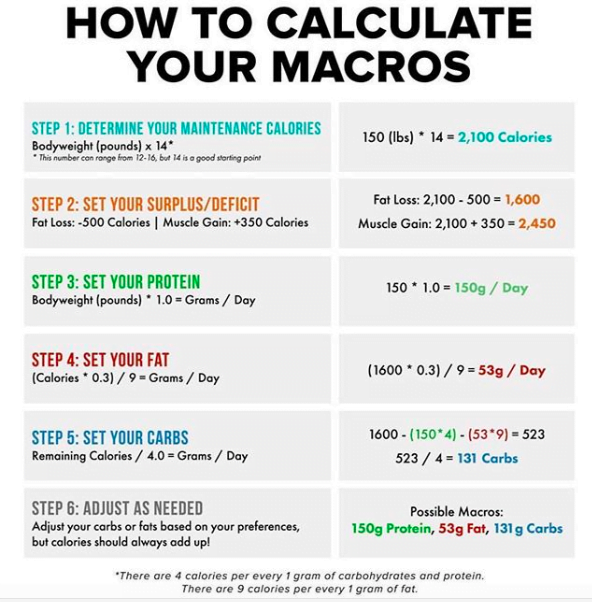We live in a world of instant gratification. Instant replies, instant food, instant results, etc. However, know that any diet, crash dieting to be specific, offering “instant” results lasts for the same period – “an instant”.
Shaping your body or fitness is like watering a tree. You cannot expect a full grown tree soon after sowing the seed. It’s a gradual process, you need to do your part and let nature take its time as well. Similarly, when it comes to your diet, healthy eating is that element of patience you need along with water.
The best diet is to not diet and rather eat healthily. Eating healthy is simply make healthier choices in the foods you eat and eating everything in moderation.
Why should you choose healthy eating over crash diets?

The crash diets like “keto”, “low carbs”, “no carb”, “low fat”, “no fat” are goal oriented. They aren’t focused on your overall well being. Hence, there’s always room for failure, a relapse. There’s a sense of completion as soon as you achieve your goal and you tend to fall back into old eating habits. Research shows that most diets fail because people fail to stick to it.
Here’s an example of failure: –
- As a person on weight loss diet (or any other for that matter) you need to rapidly cut down the amount of food you consume.
- Your body, on the other hand, is used to more quantity of food. It reacts physiologically to this deprivation by slowing its metabolism.
- It starts to adapt to smaller amounts of food because it doesn’t know when more food will be available again.
- When you’ve had enough of diet, lost weight and return to your old eating habits, you gain the weight back – sometimes you gain more weight back than before.
- This is complicated by the feelings of deprivation, of giving up on your favorite food.
- Therefore, once you reach your weight goal you begin to eat those foods freely and in large quantities.
- At this point, your body responds by actively trying re-stock its stores with fat. just in case it’s deprived of food again- Fat’s the best source for energy.
- The result is a constant weight fluctuation- this is when you feel like it’s impossible to maintain your weight.
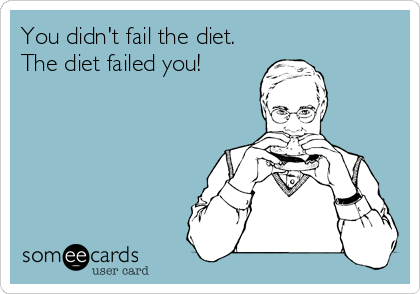
Healthy eating on the other hand is simply the daily diet done right. There’s nothing being avoided eating or cut down drastically from your daily diet. Instead of relying on the very food you eat to achieve a certain goal, healthy eating focuses on overall body fitness.
There’s no room for failure since consistency comes by default. There’s no relapsing once your efforts turn into habits. In other terms it is setting your “old eating habits” straight so that upon relapsing you fall back into healthier eating.
In fact, the word diet was derived from the Greek word “Diaita” meaning – a way of life.
Now you see, diet should be a way of life not special routines.
A Foundation Not an Intervention: –
In spite of the aforementioned definitions, healthy eating isn’t enough for instant fitness goals like gaining muscles for those biceps (or) shedding all those extra kilos you gained in a short time – during an intense exam prep or binge-watching Netflix. In such cases, your healthy diet needs to accommodate extra needs like more lean protein for muscle building in order to gain that extra growth.
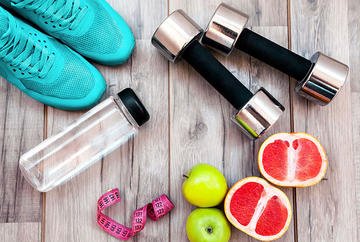
Healthy eating is a gradual process, clubbing it with more physical activity and extra dietary interventions will only help speed up results.
Once achieved, its easier to sustain the results since you have your healthy eating habits to back you up after the special interventions are withdrawn.
The key is to get your everyday diet right and modify it further to accommodate goals such as weight loss, muscles gain or weight gain.
For example: maintaining that healthy weight is first developing healthy eating habits that are enjoyable to you and fit ur lifestyle and then adapting your current eating pattern for accommodating weight loss – like switching simple carbohydrates source to whole grains.
Have realistic goals, set a small weight range. By setting a range you can allow yourself flexibility. Once you have lost some weight, exercise 3 to 5 times in a week to improve your chances of keeping the weight off continuing with your already healthy, previous eating habits. If possible gradually increase your activity level.
Mastering Healthy Eating: –
The essence of eating right is just knowing two basic things- Knowing WHAT TO and HOW MUCH to eat. You can start eating healthier by following these basic principles:
I ] Eating a variety of foods:
Our body counts on 3 major nutrients called “macronutrients” for energy and survival. They are the proteins, carbohydrates and fats. Others called “micronutrients” which include vitamins and minerals are required for other specific body functions. However, a mix of these basic macros in proper proportions should be the backbone of each meal.
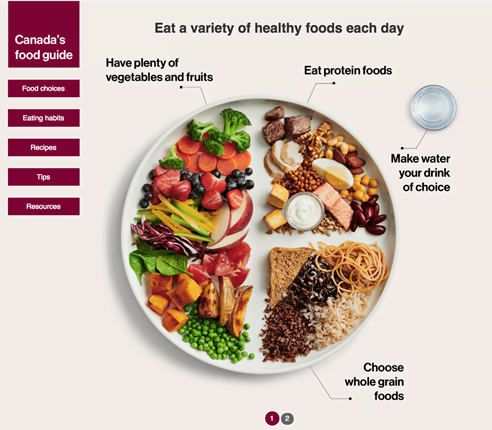
The goal is to get all these essential nutrients (both macro & micro) in each of our meals. That’s when our diet becomes a “balanced diet”. If Indian cuisine is your staple food then you are already a step ahead!
Identify what food consists of these macro nutrients in order to make the right combinations at each meal. Use the cheat sheet below to identify what food type.
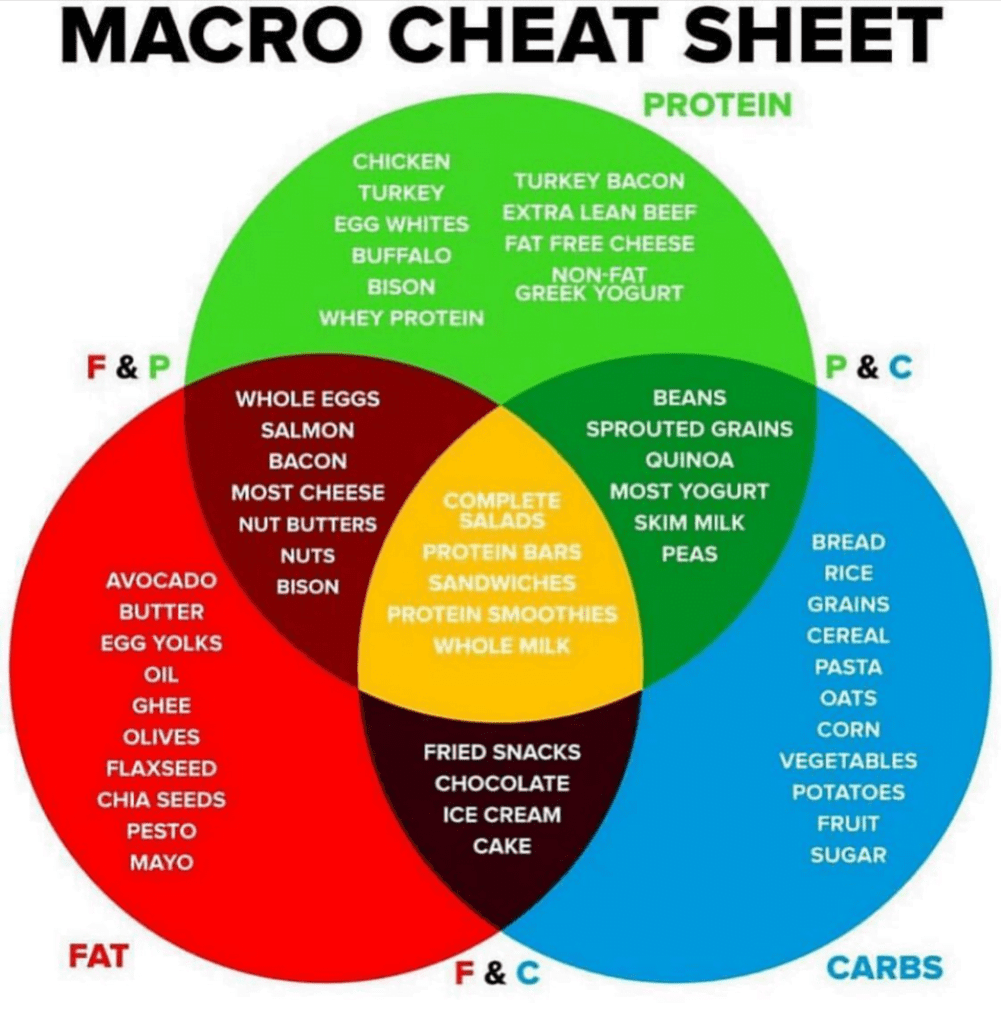
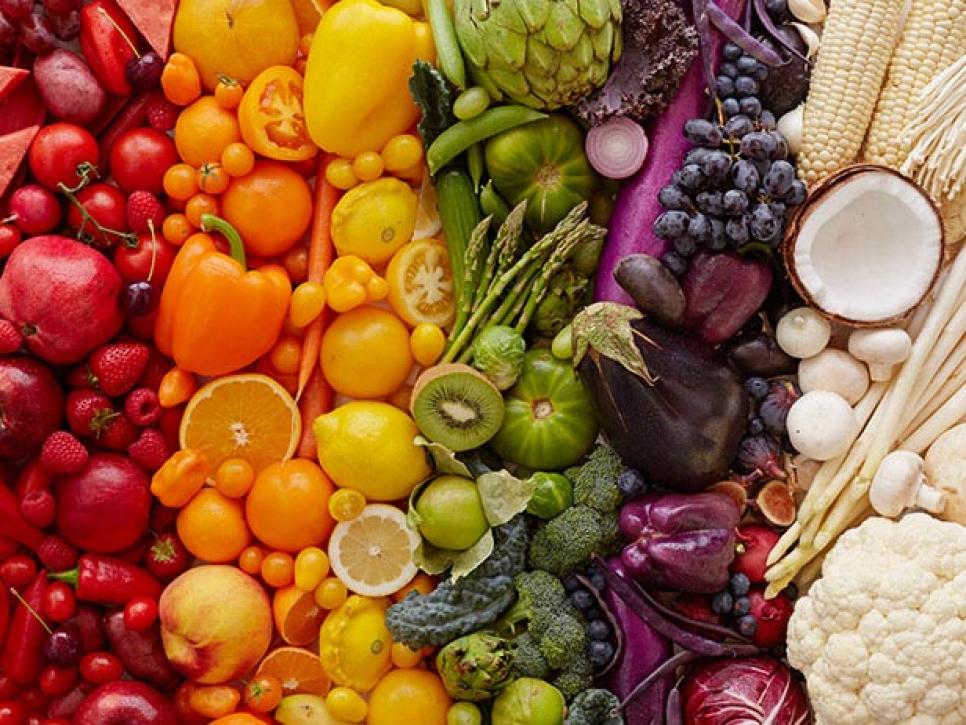
Tip: to ensure that there’s more variety in your meal is to try and eat a variety of colours. Save the whites, creams and browns for carbohydrates (rise, pasta, roti and breads; range of yellow shades for proteins that are “Dals”; greens for leafy vegetables in any form, make sure the salads and curries are as colourful as possible (a mix of colour vegetables). This is excluding eggs and meats. Start colouring your plates.
II] Eating the same amount of food at each meal:
Moderation is the key when it comes to quantizing how much you eat. Eating less is never the option, life’s too short.Each body has a particular calorie requirement based on daily activity levels. You are eating in moderation as long as that calorie intake isn’t exceeding.
Eating the same amounts sets your body into the right cycle of storage and utility of the acquired nutrients and prevents excess calorie, weight gain, obesity and everything else that follows.
Although its recommended that you estimate the right amounts for your body, you do not have to count each calorie to eat healthier. Maintaining moderate portion sizes and have same amounts at all times is more than enough.
However, healthy eating is about focusing on what you eat and not counting calories. Goal is to eat ONLY the needful.
Portion size is an important aspect of eating healthy. No matter what the fitness goal, portion size of diet plays half the role in achieving the results.
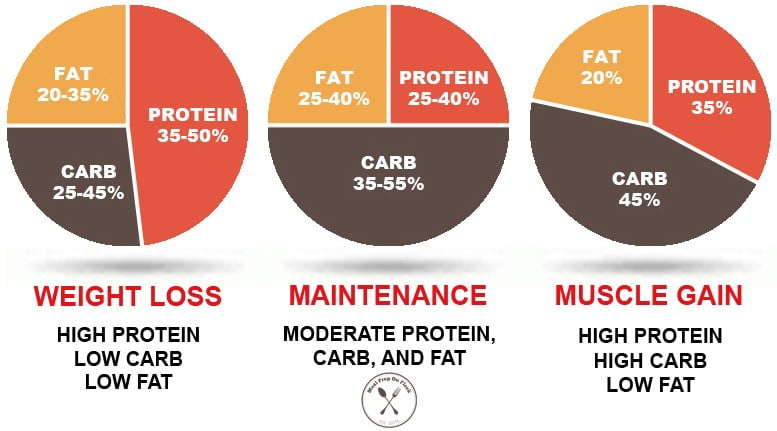
III] Eating regularly and having a fixed pattern:
Some people may do well with three meals spaced four to five hours apart, while others who eat as much at a meal may need to eat smaller, more frequent meals or snacks during the day. Not eating enough at a meal or skipping meals can throw our system off and lead to habits lie snacking or “junk” food. it can also aggravate symptoms such as irritability, mood swings, low BP or low blood sugar.So having fixed meal times is essential.
Tip: Your body isn’t aligned with untimely hunger cues. In such conditions the normal proportions of food do not seem adequate leading to overeating. Hence to ease yourself into constant meal amounts and meal timings , give your body about 15 min after finishing a meal to perceive fullness before taking that extra serving. Having a glass of water before beginning your meal might help too.
IV] Emphasizing on foods that are low in sodium, fat and sugar:
The World Health Organization recommends the following guidelines for healthy eating in its Global strategy on diet, physical activity and health.
These were laid down for public health after considering all the evidence from research on urbanization and rising non communicable diseases. Unhealthy diet in one of the four established risk factors.
- Reduce the level of salt/sodium added to food (prepared or processed).
- Reduce saturated fatty acids in food and replace them with unsaturated fatty acids.
- Reduce the content of free and added sugars in food and non-alcoholic beverages.
- Limit excess calorie intake, reduce portion size and energy density of foods.
Summary:
Healthy eating DOES NOT MEAN
- you can never eat your favourite foods again
- you have to “diet” or buy “special” foods or
- that you are forever forbidden to eat certain foods.
rather, IT MEANS
- learning to make healthier choices consistently to form habits of the same
- trying to incorporate “what and how much to eat” in all meals
- eating in moderation while maintaining constant portion size.
- learning to eat a variety of foods emphasizing on foods that are low in sodium, fat and sugar.


